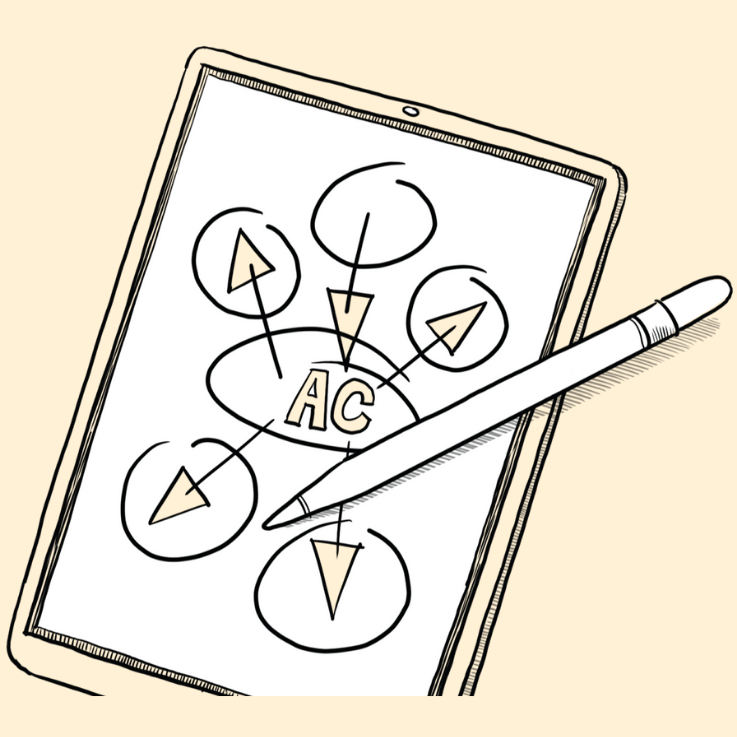The use of Australian Curriculum achievement standards as a common reference point for reporting to parents supports national consistency in reporting.
State and territory curriculum and school authorities and individual schools determine, in consultation with parents and communities, and with regard to agreed national requirements, the style and format of reporting that best meets local needs and circumstances, including provision of any additional elements of student reports.
The Australian Curriculum provides achievement standards for all subjects. In The Arts and Technologies, achievement standards are provided for the learning area as well as for each subject. The learning area achievement standard may be useful when schools are teaching integrated Arts or Technologies programs and may help with the manageability of reporting in the primary years. State and territory school and curriculum authorities determine the reporting requirements for their schools and should be consulted about whether learning area or subject-specific achievement standards are to be used for reporting.
